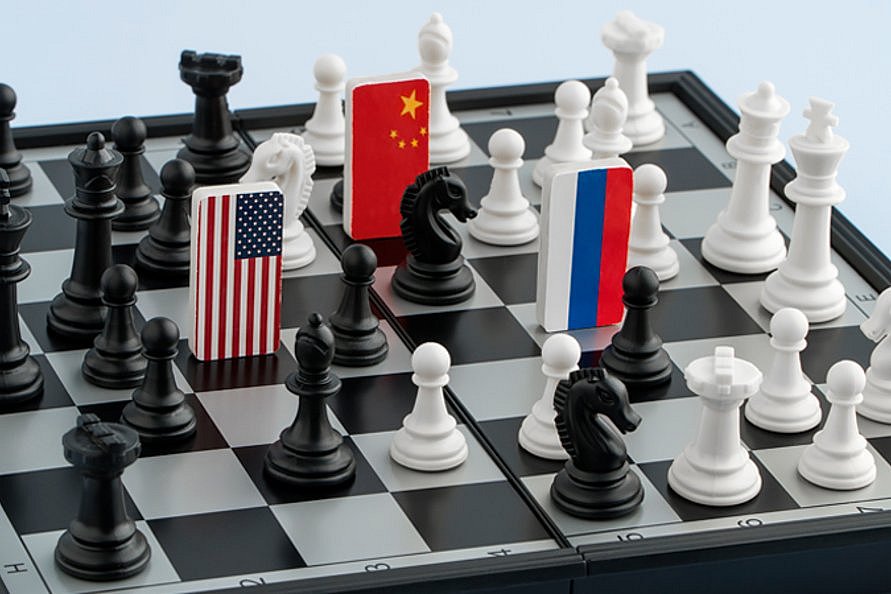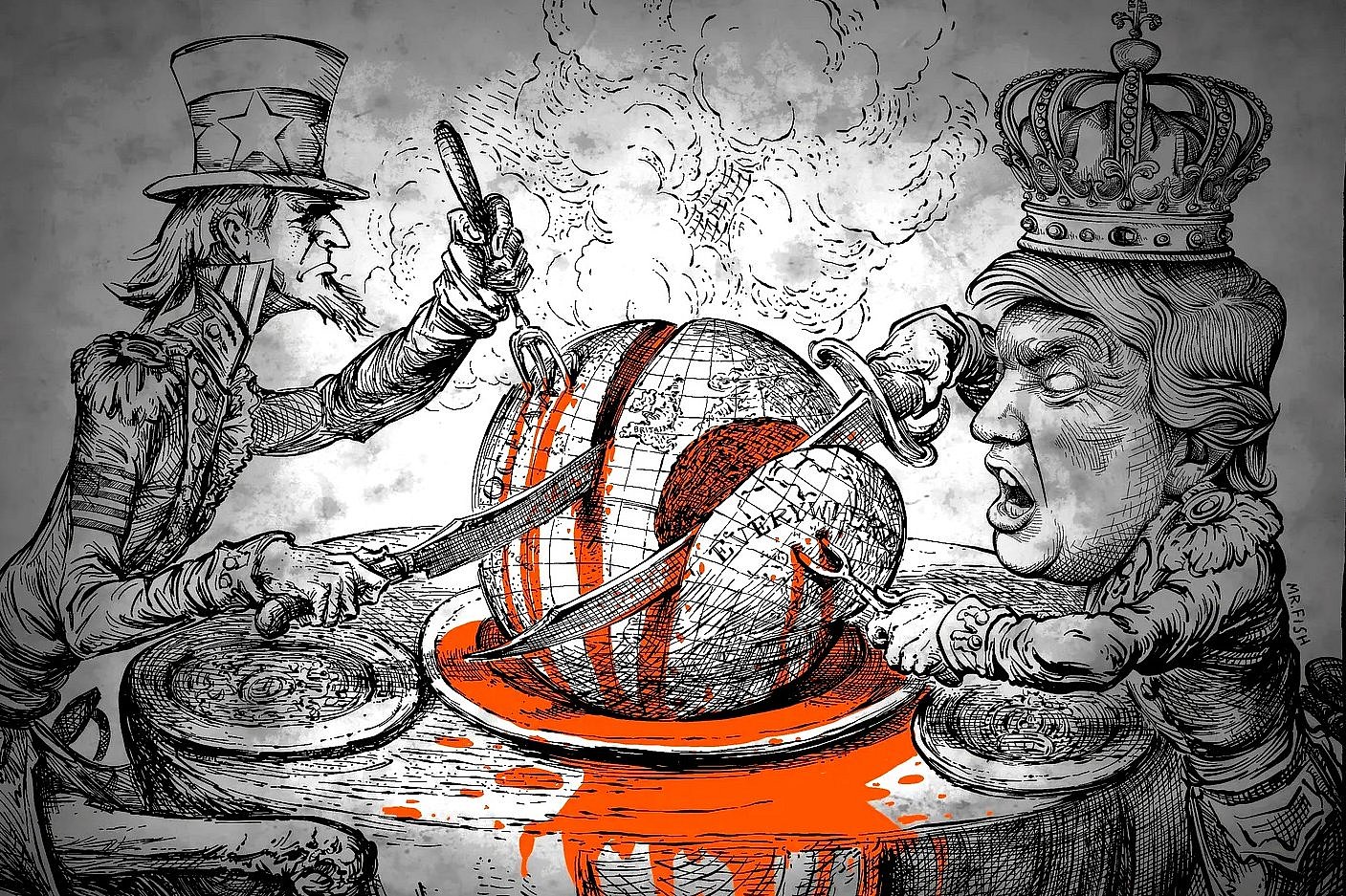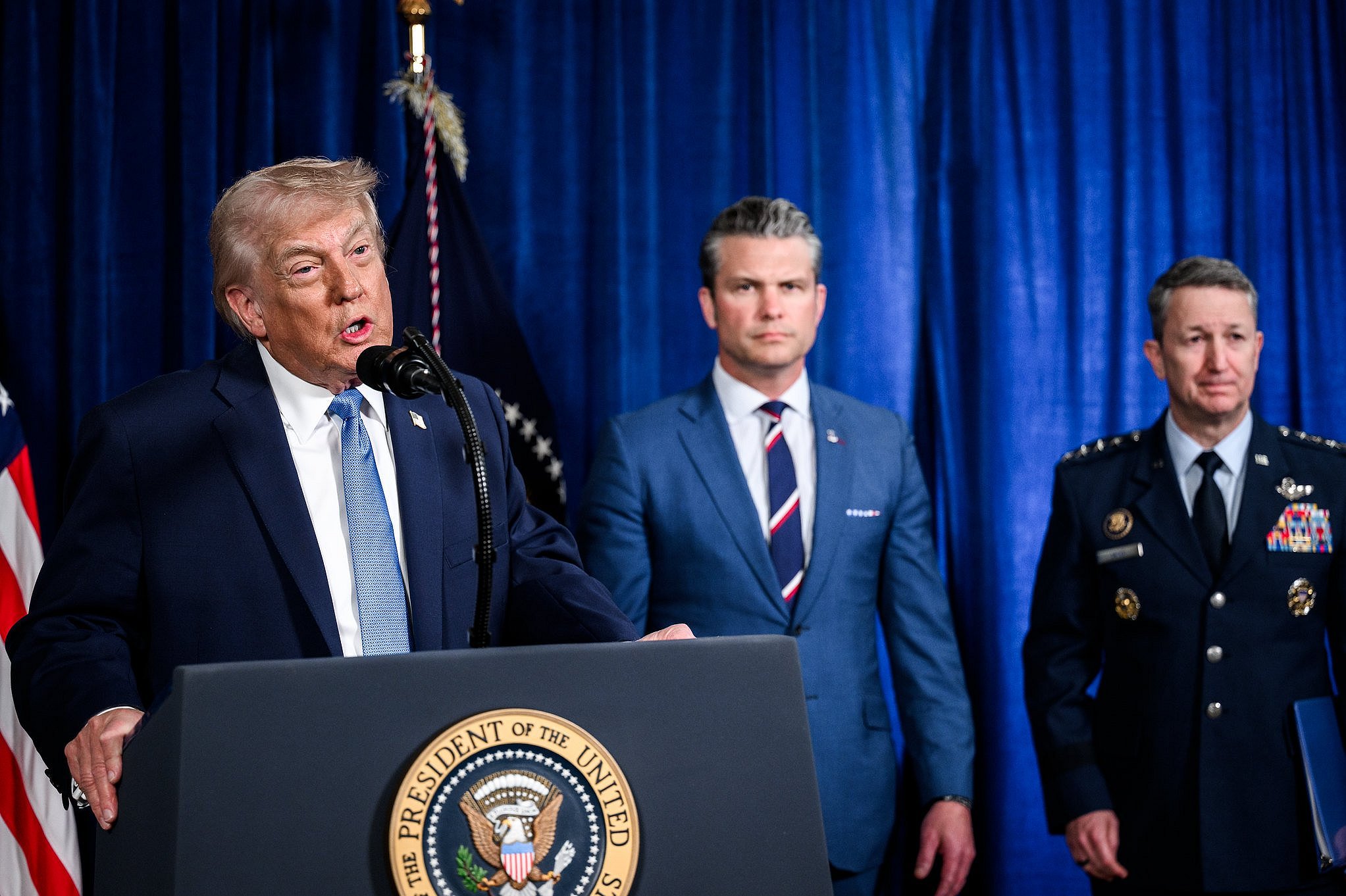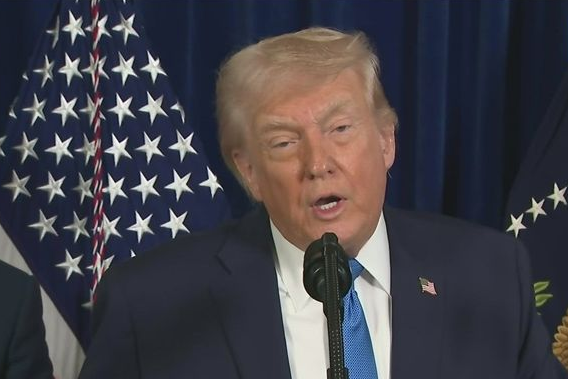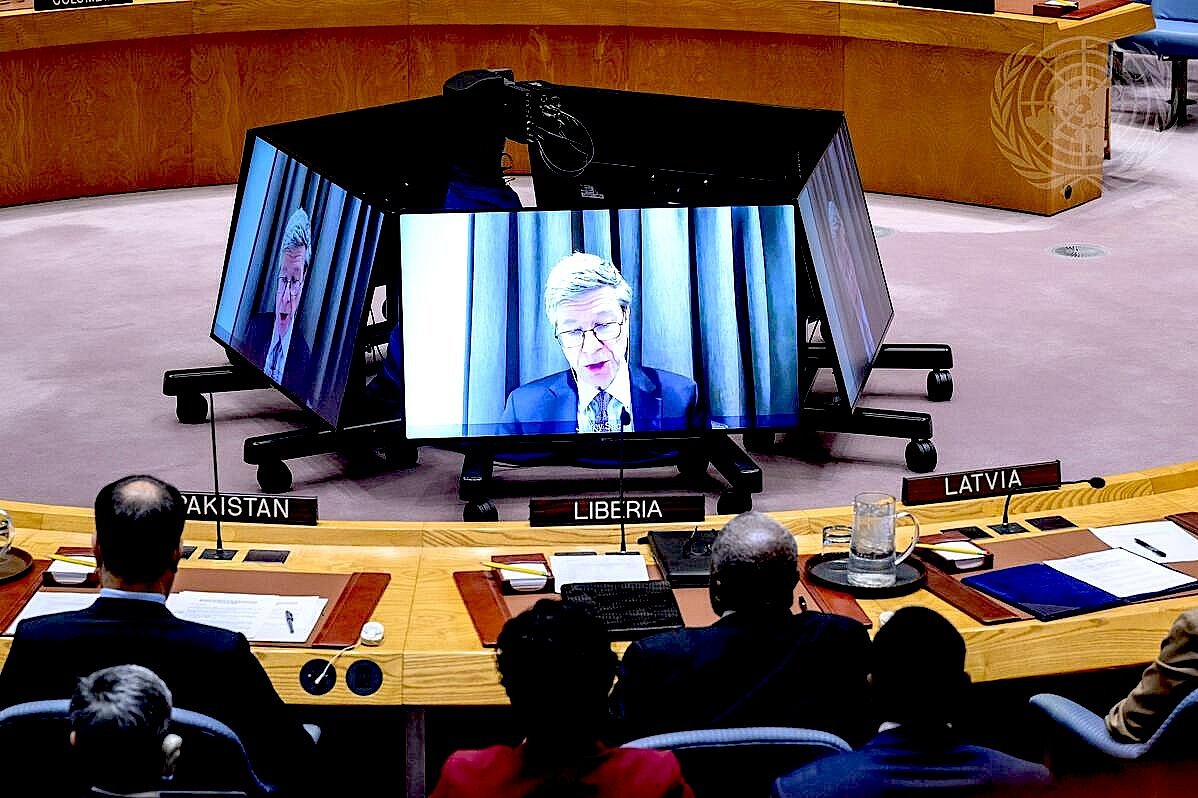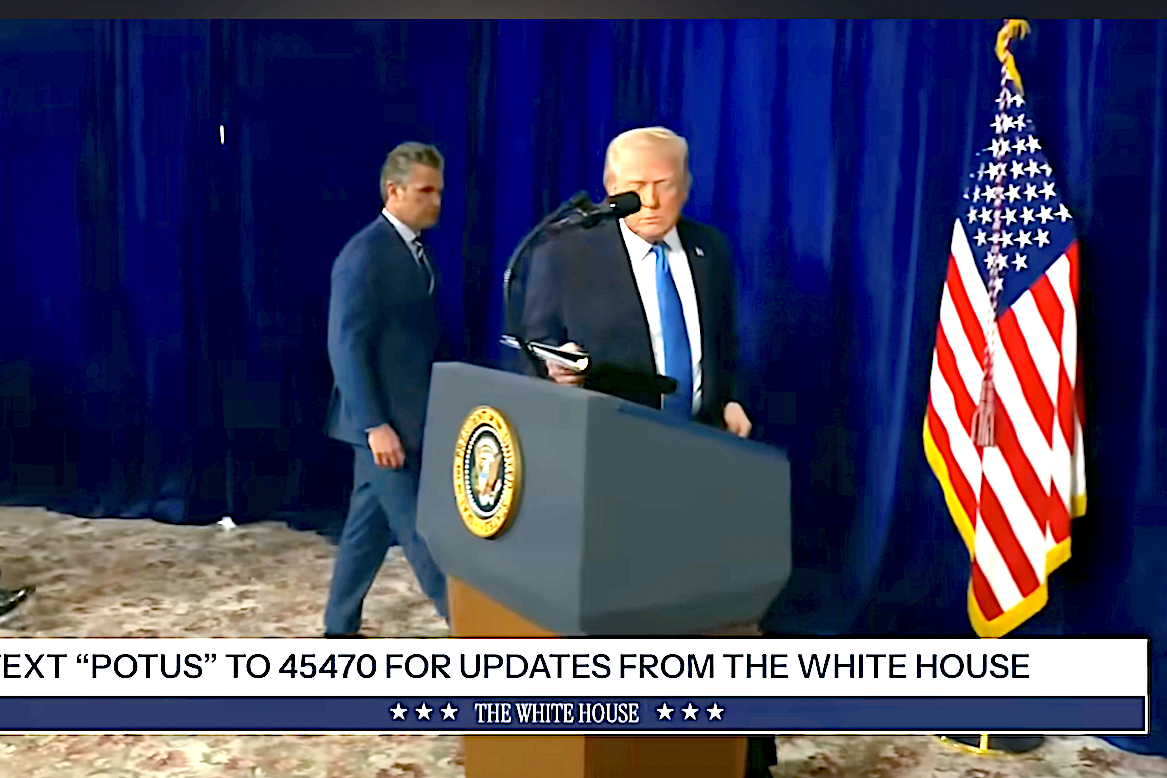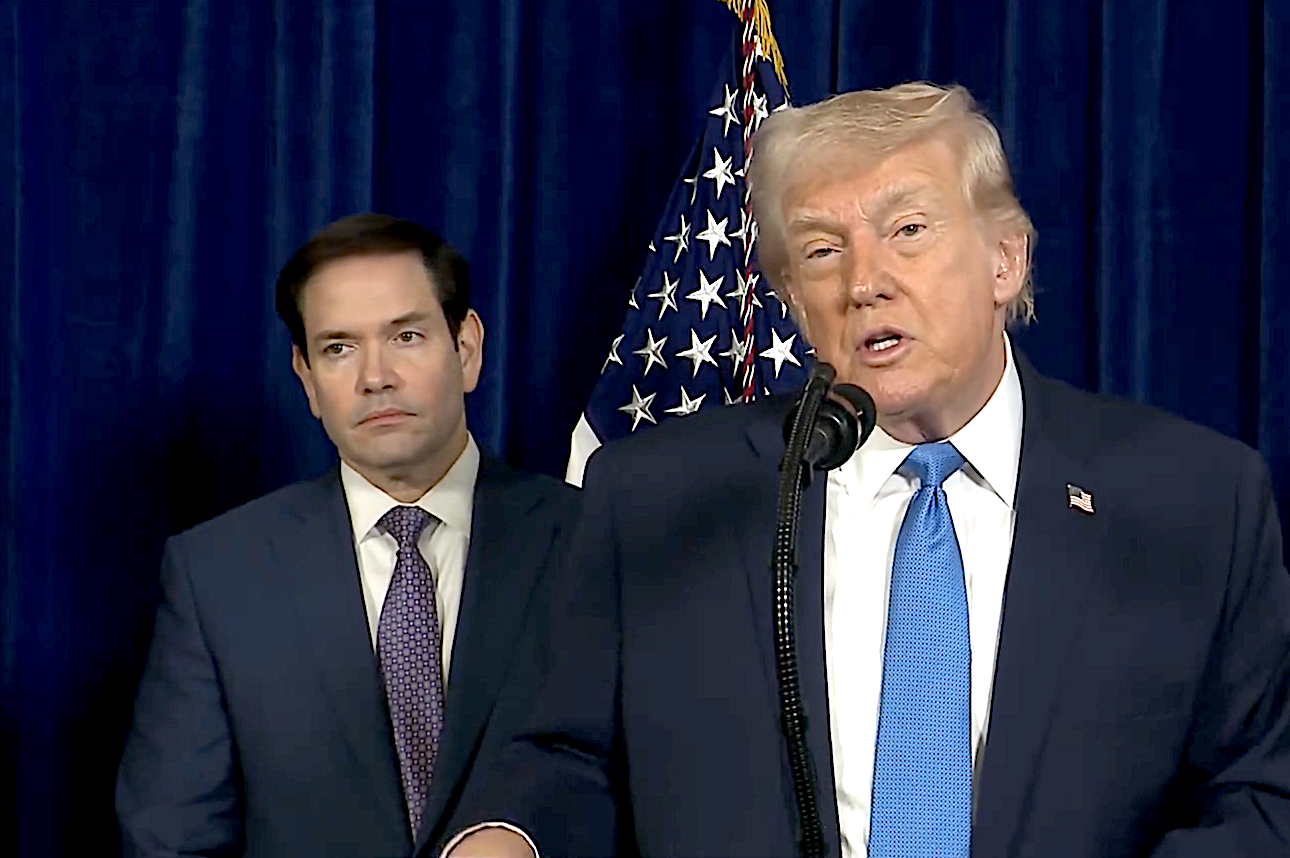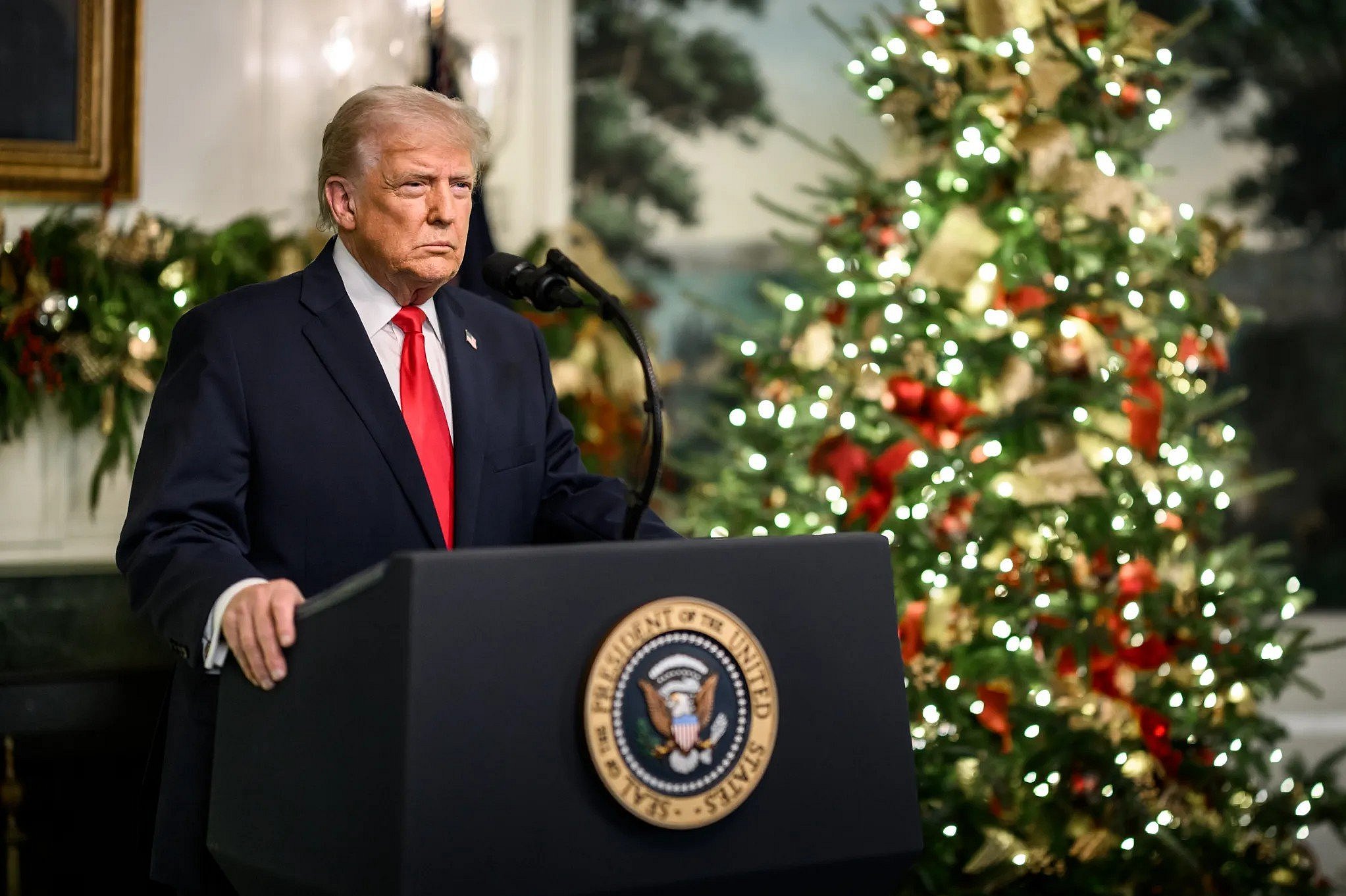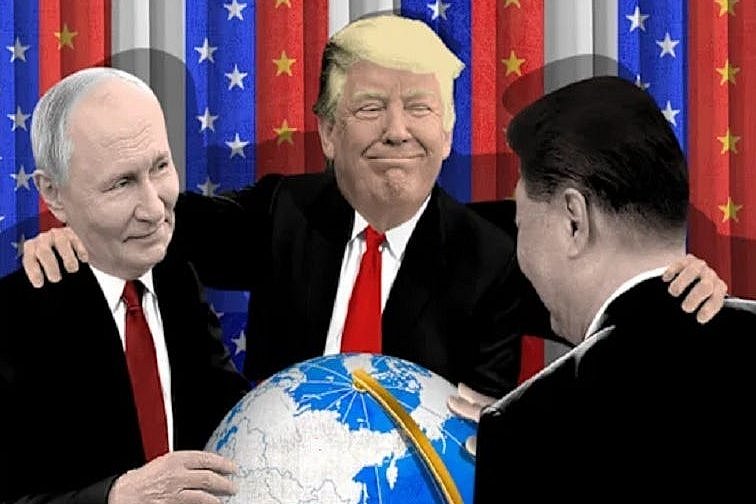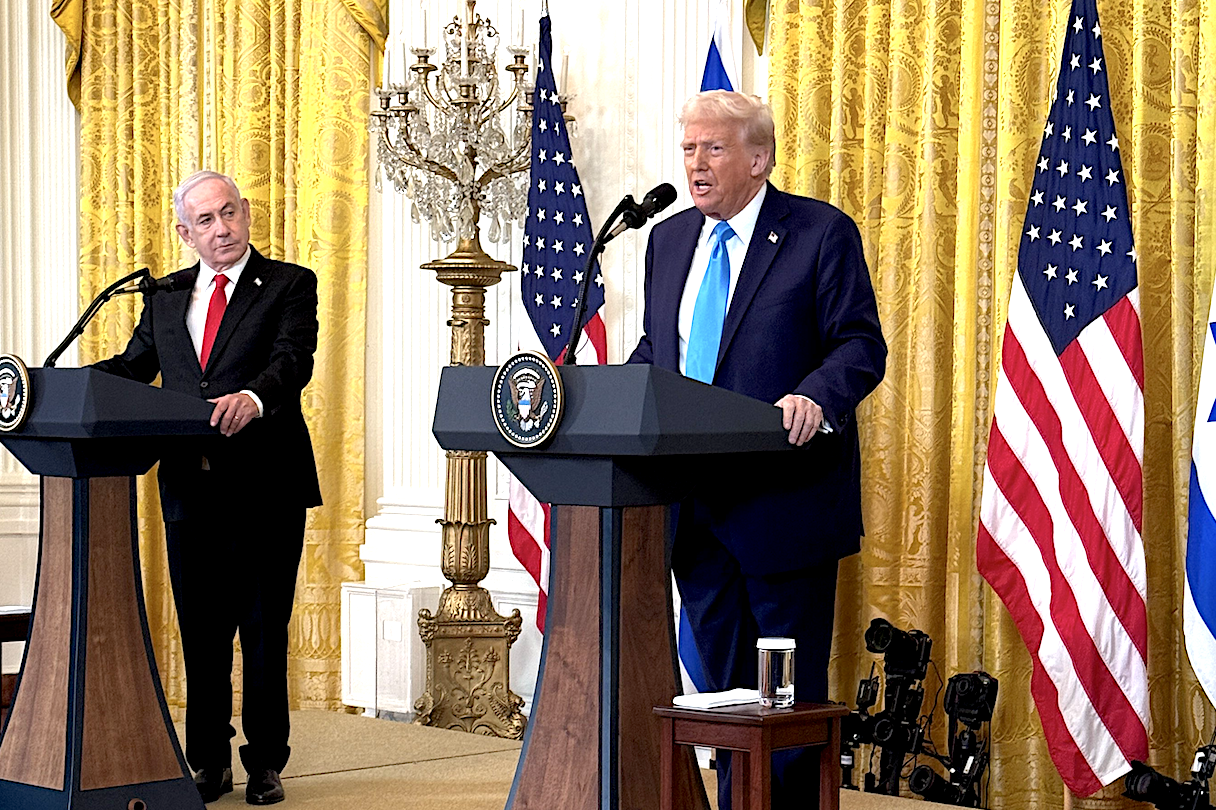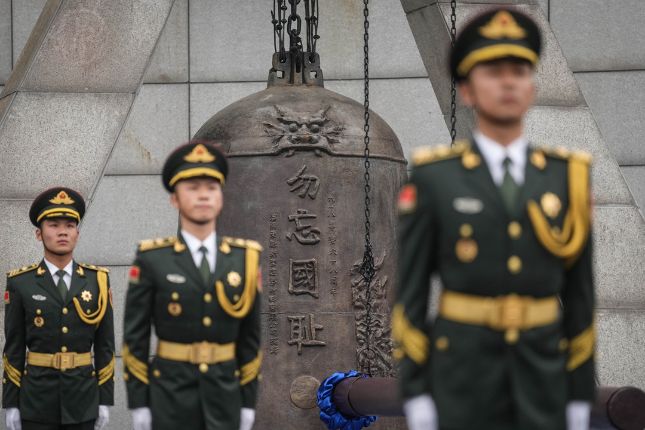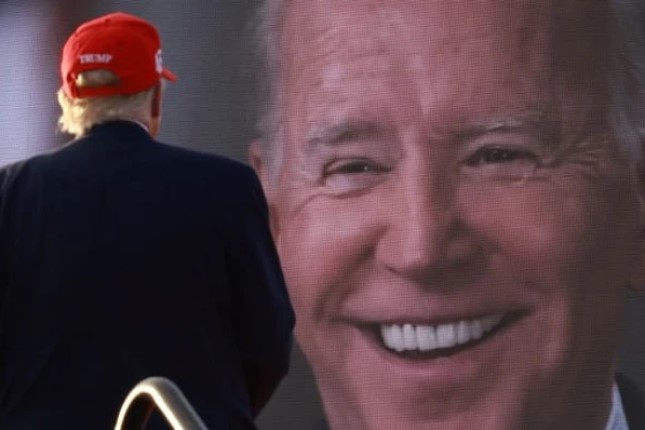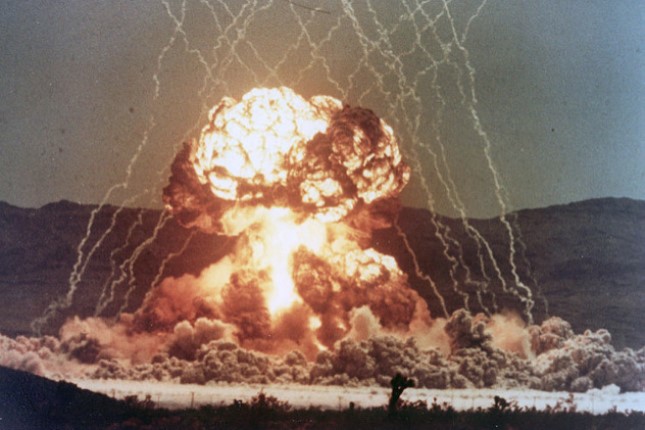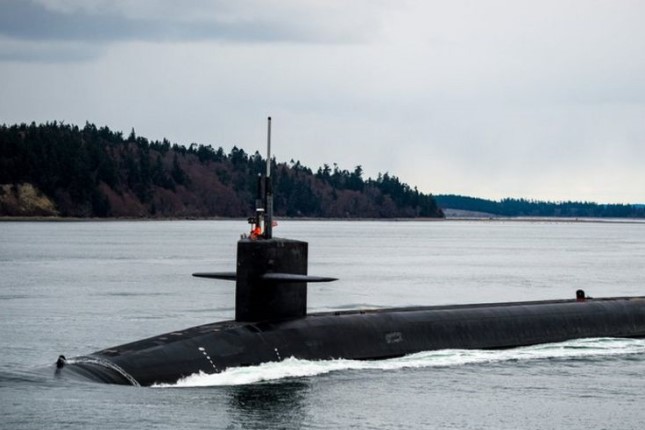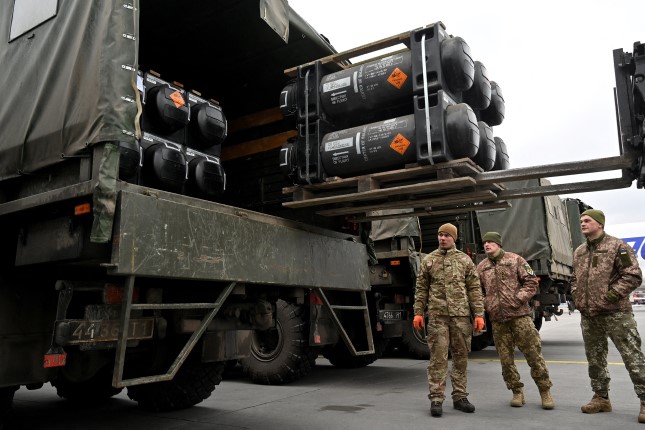In a recent interview with the Financial Times, Steve Bannon declared China to be Donald Trump’s “real threat,” invoking what he called the “Edwardian view of geopolitics as a ‘world island,’ in which the power that dominates Eurasia controls the globe.” It’s a telling phrase – one that reaches back to the early 20th-century British imperial imagination, and more specifically, to Halford Mackinder’s 1904 essay The Geographical Pivot of History. Writing at the height of the Edwardian era, Mackinder argued that control over the Eurasian “Heartland” would determine global supremacy. His dictum was blunt: “Who rules East Europe commands the Heartland; who rules the Heartland commands the World-Island; who rules the World-Island commands the world.”
This worldview didn’t fade with the British Empire. It was later expanded by Nicholas Spykman, who shifted the focus from the Heartland to the coastal “Rimland” – the arc stretching from Western Europe through the Middle East to East Asia. Spykman emphasized the strategic importance of maritime access and chokepoints – narrow corridors like the Bab-el-Mandeb, the Strait of Hormuz, the Suez Canal, and the Strait of Malacca – through which global trade and military power flow. Control over these chokepoints, he argued, was essential to containing rivals and projecting influence.
Zbigniew Brzezinski modernized this logic in The Grand Chessboard (1997), reframing Eurasia as the central arena of U.S. strategic interest. While he spoke in terms of “geopolitical pivots” and – on his own strategic map (see page 32) – “vital peripheries,” the subtext was clear: access to and control over Eurasia’s chokepoints – whether in the Caucasus, Central Asia, or the South China Sea – was key to maintaining U.S. primacy.
That strategy had already been foreshadowed in the 1992 leak of the Pentagon’s Defense Planning Guidance – popularly known as the “Wolfowitz Doctrine.” First revealed in The New York Times under the headline U.S. Strategy Plan Calls for Insuring No Rivals Develop, the document declared that the United States must “prevent the re-emergence of a new rival” capable of challenging U.S. dominance, particularly in Eurasia. It warned against any hostile power consolidating control over regions “whose resources would… be sufficient to generate global power” – a veiled reference to both the Heartland and the Rimland.
Today, that logic lives on in U.S. efforts to counter China’s rise. Despite being a continental power within Eurasia, China remains vulnerable to maritime chokepoints – especially the Strait of Malacca, through which the majority of its energy imports pass. In response, China has been building overland alternatives that bypass U.S.-controlled sea lanes. Its Belt and Road Initiative, port acquisitions, and naval buildup are all attempts to circumvent these vulnerabilities. In turn, U.S. strategy in the Indo-Pacific – through alliances, naval patrols, and base agreements – echoes the same containment logic that animated Mackinder, Spykman, and Brzezinski.
Just weeks after the China–Iran rail corridor opened a land-based artery from Xi’an to Tehran, bypassing U.S.-patrolled waters, Washington responded with a different kind of message: bunker-busting bombs. The U.S. airstrikes on Iran’s nuclear facilities weren’t an aberration – they were a continuation. In a region long fatigued by U.S. intervention, the strikes reaffirmed that the grammar of empire remains military. Meanwhile, this Belt and Road artery slashes freight time from 40 days by sea to just 15 by land, enabling Iran to export oil and import Chinese goods without navigating chokepoints like the Strait of Hormuz. One opens a corridor; the other tries to collapse it.
The railway is more than a logistics upgrade – it’s a geopolitical maneuver. It links China to the Middle East and, eventually, to Europe, all while sidestepping chokepoints like the Suez Canal and the Strait of Hormuz. For Iran, it’s a sanctions workaround. For China, it’s a steel artery through the Rimland. And for Washington, it’s a direct challenge to the very doctrine that has guided U.S. grand strategy since 1992: prevent the rise of a rival capable of dominating Eurasia.
While Bannon talks big and Trump plays the chaos agent, the strategy is vintage Brzezinski: dominate the chokepoints, shape the board. From threatening allies with tariffs to squeezing adversaries through trade routes and sanctions, Trump’s playbook hinges on control over logistical bottlenecks – just as Zbig quietly mapped out in The Grand Chessboard. Whether it’s the Strait of Malacca or a lithium supply chain, the logic holds: pressure flows where access narrows. Trump’s playing 7D chess on Zbig’s Grand Chessboard. Talk about a “continuity of agenda” – different clown, same circus. The board hasn’t changed. Only the players – and the theatrics – have.
Source: AntiWar.com.
